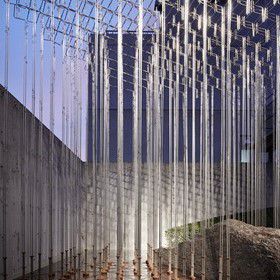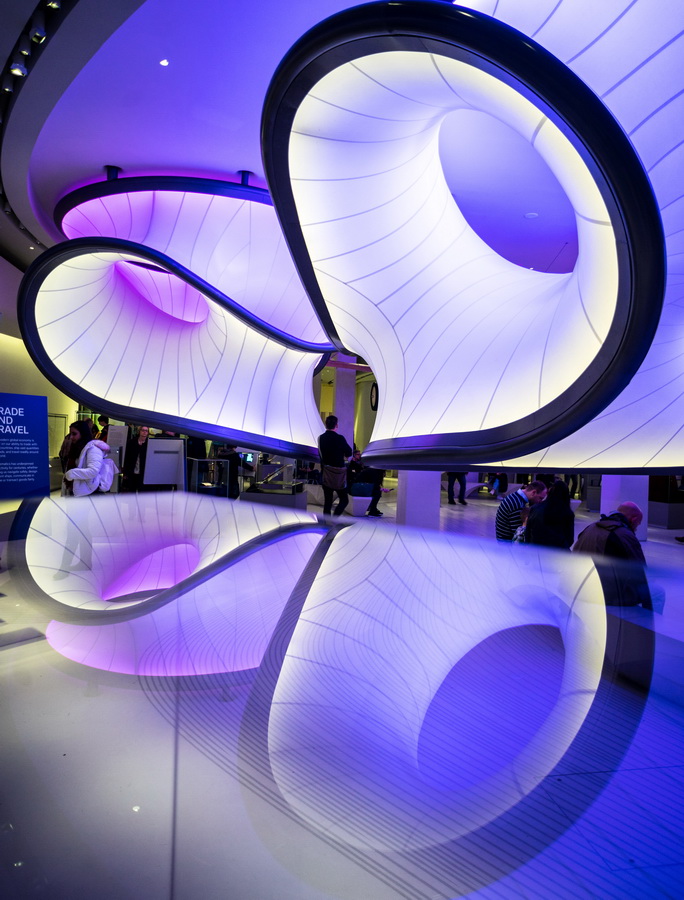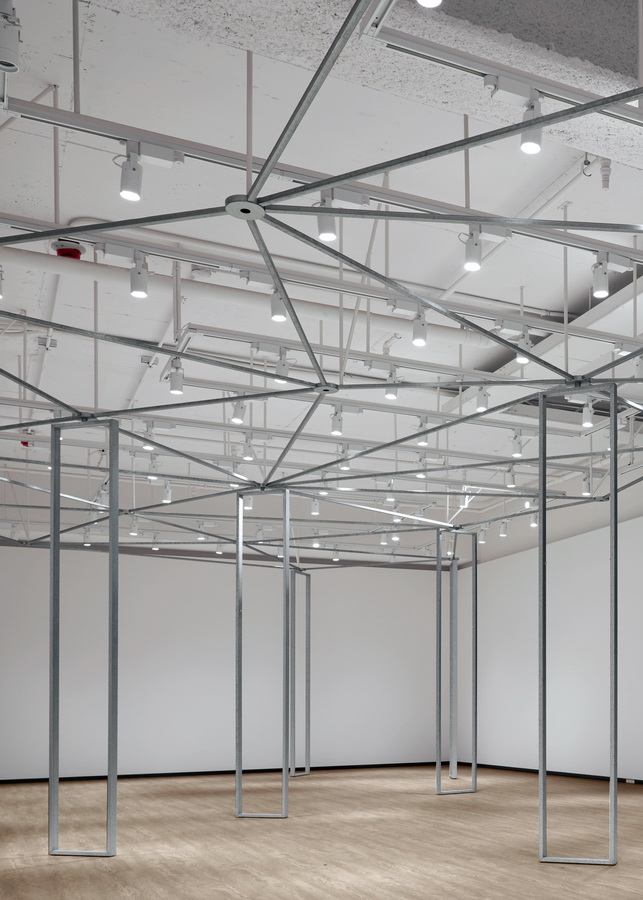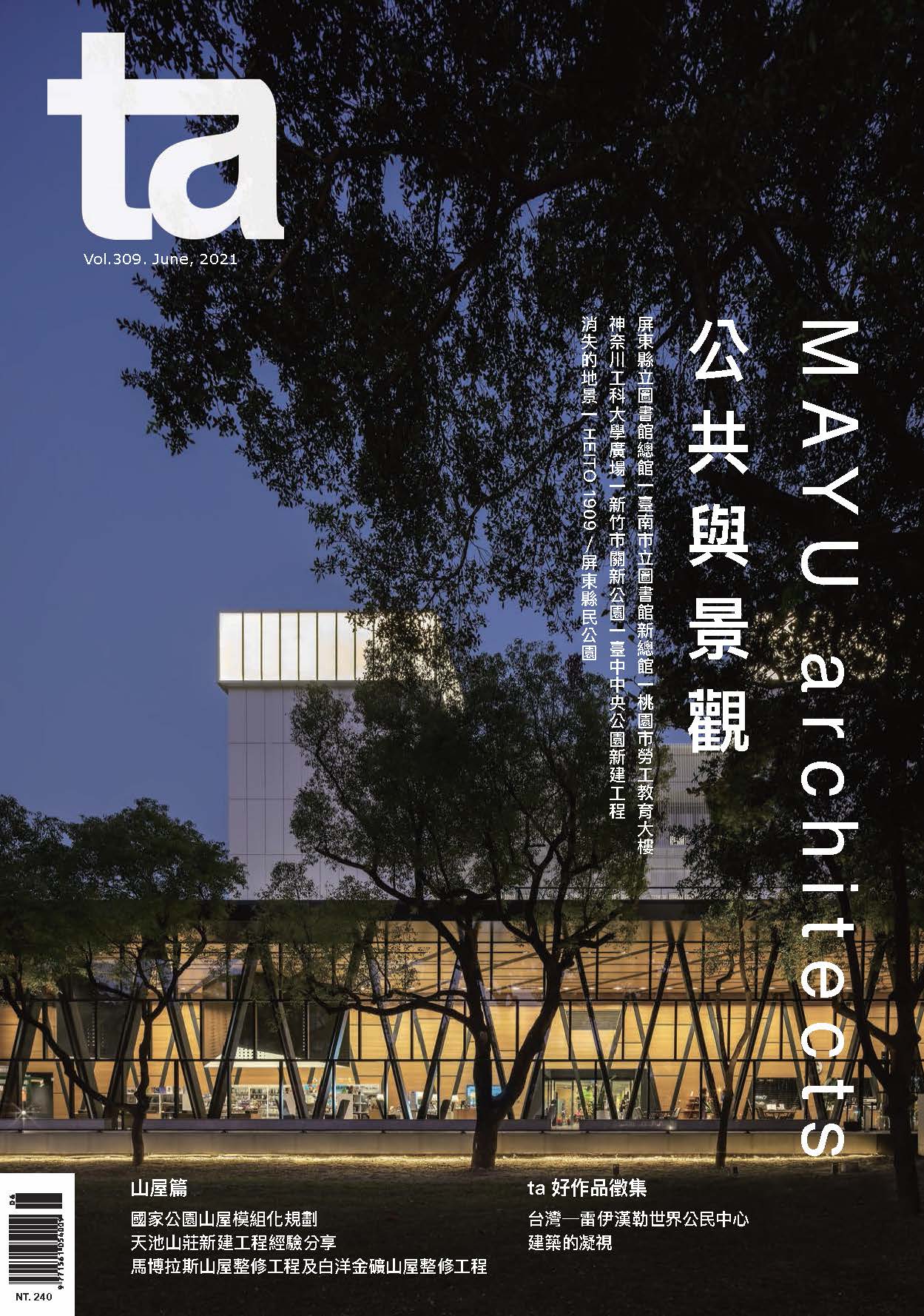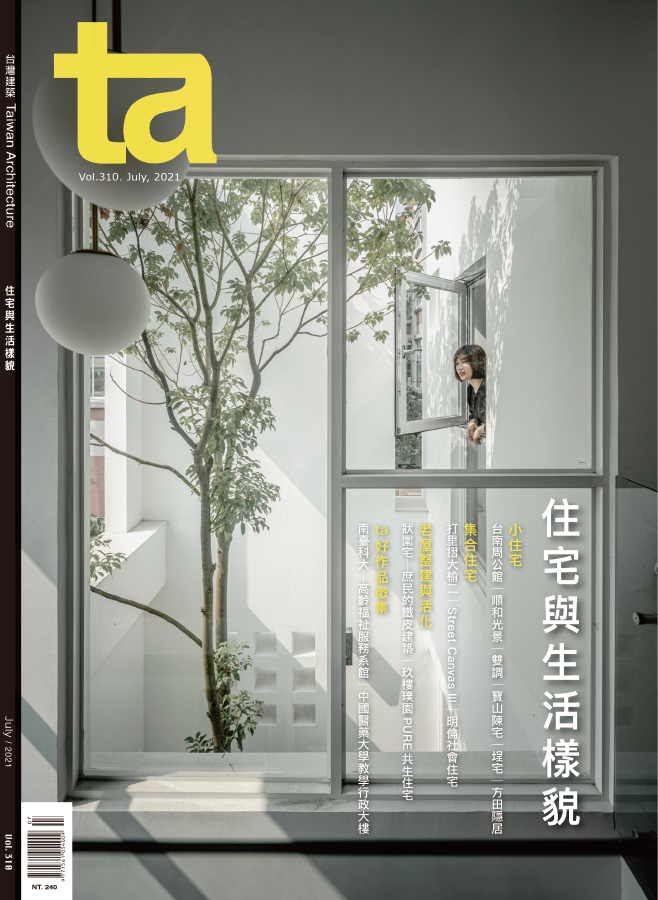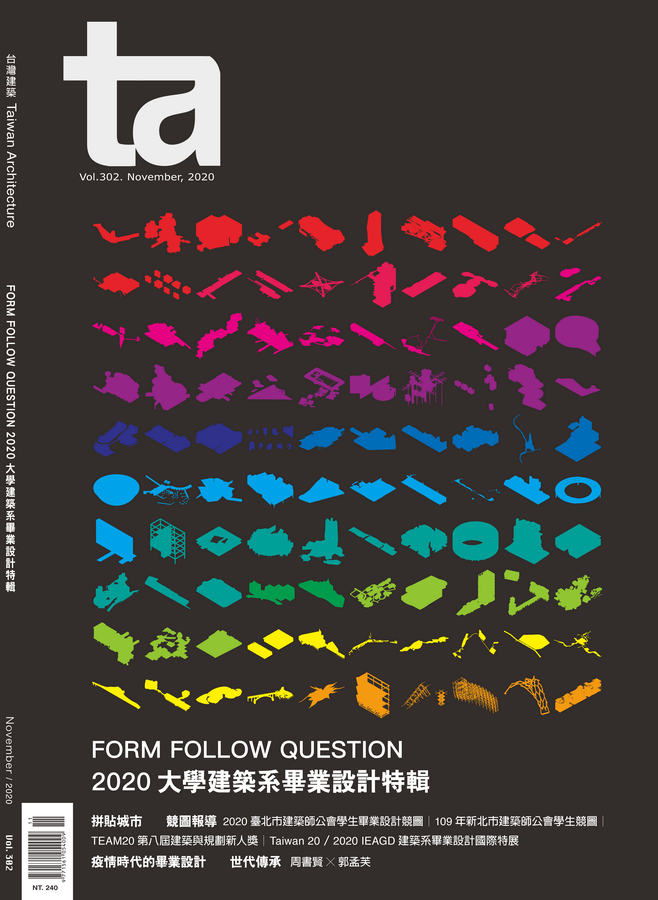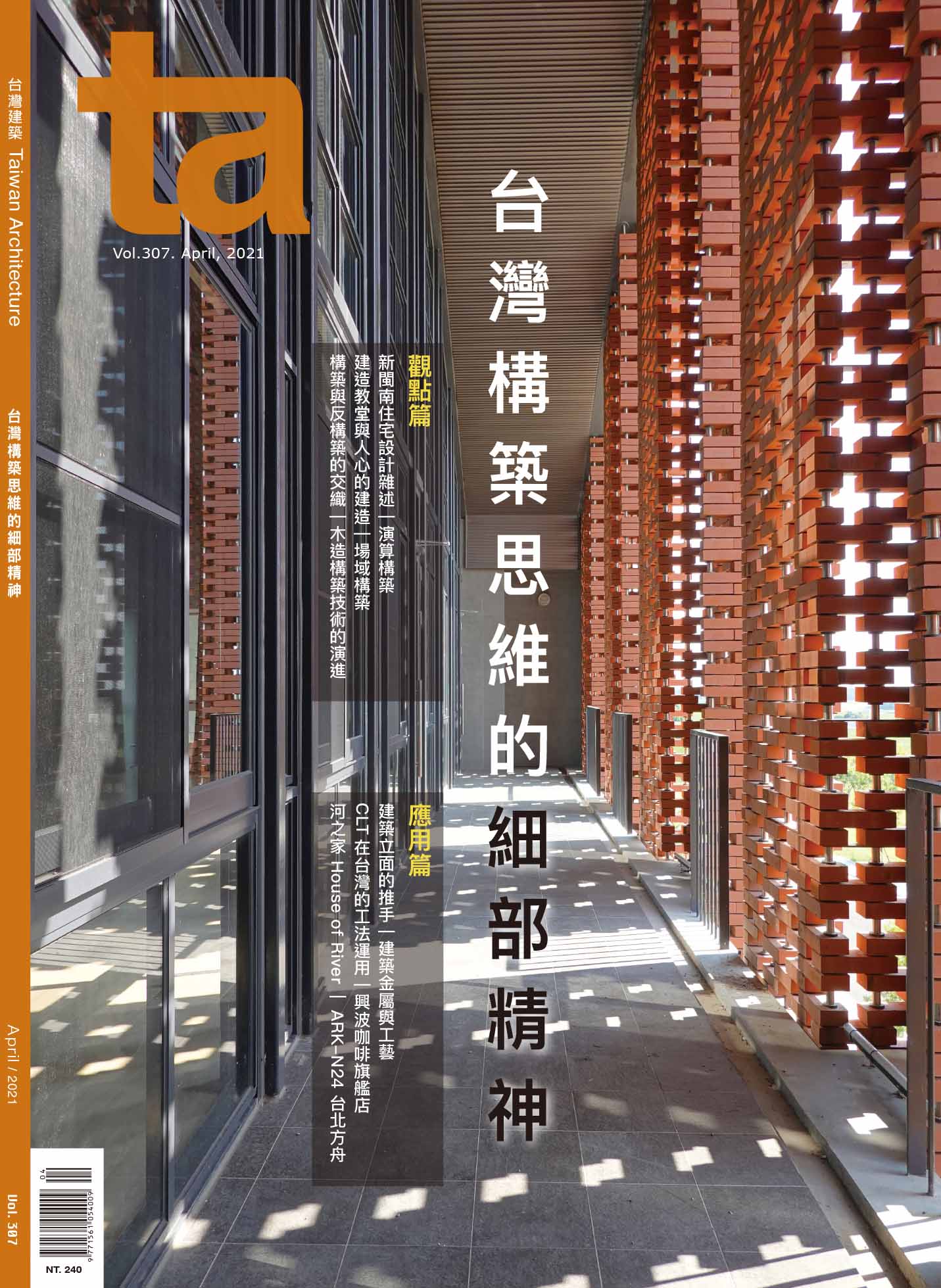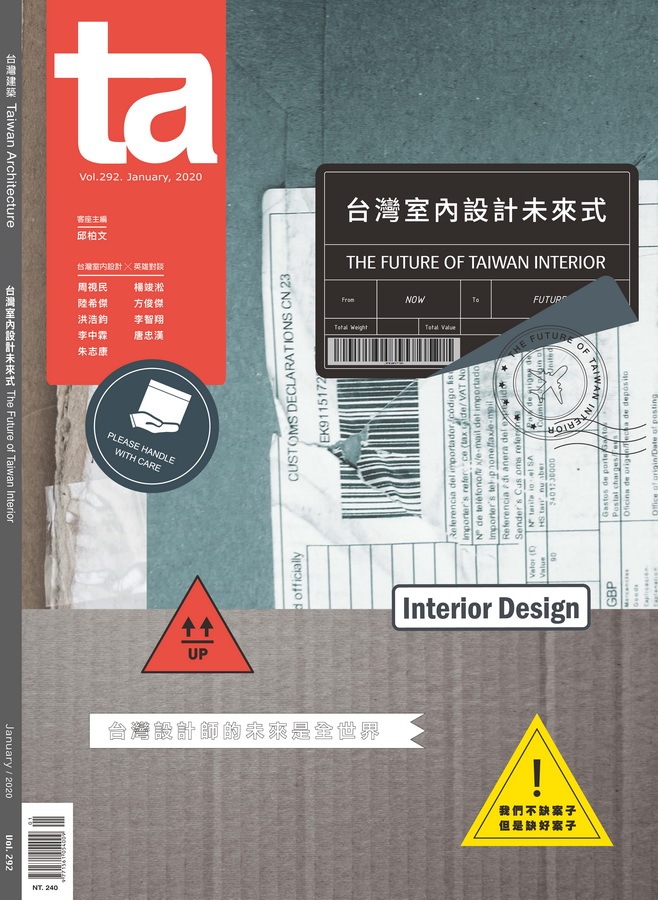大士城市│脊椎基礎設施
新加坡國立大學建築系2015畢業設計作品二件 邱勛隆 Kew Xun Long

新加坡國立大學建築系2015畢業設計作品二件
大士城市│脊椎基礎設施
TuasCity | Infrastructural Spine
邱勛隆
Kew Xun Long
憑著地緣的優勢,新加坡港口占國民生產指數的百分之十三,是主要的經濟來源之一。因此2027年,新加坡的港口將會遷移到西海岸的工業區,並擴增面積到十三點二五平方公里。但在2065年,地緣政治和氣候變化所帶來的新航線,可能會到嚴重削弱新加坡作為主要轉運樞紐的地緣優勢。在這種情況下,TuasCity重新思考未來過渡港口的基礎設施,如何蛻變成一個完全自我維持的沿海城市。利用港口上空的空間,建設兩百米寬的「脊椎」,其中包含重要的商業、交通和服務設施,為將來轉變成一個宜居水岸社區打下基礎。
Singapore's mega port terminal will be upscaled to 13.25km2 of yard area in 2027. But in 2065 her geographic advantage as a major transshipment hub could be severely diminished with new shipping routes arising from geopolitical and climate change. TuasCity anticipates this scenario in order to re-think port infrastructure for future transition into a fully integrated self-sustaining coastal township in the industrial region of Singapore. A 200-metre wide spine containing vital commercial, transportation and service infrastructure is elevated above the port, priming the land for transition into a liveable waterfront community. In response to rising sea levels, land scarcity, and sand embargoes imposed on Singapore, prefabricated floating residential 'islands' dock along the spine via elevated transport and service networks, creating diverse connections between residential, work and recreational spaces.

